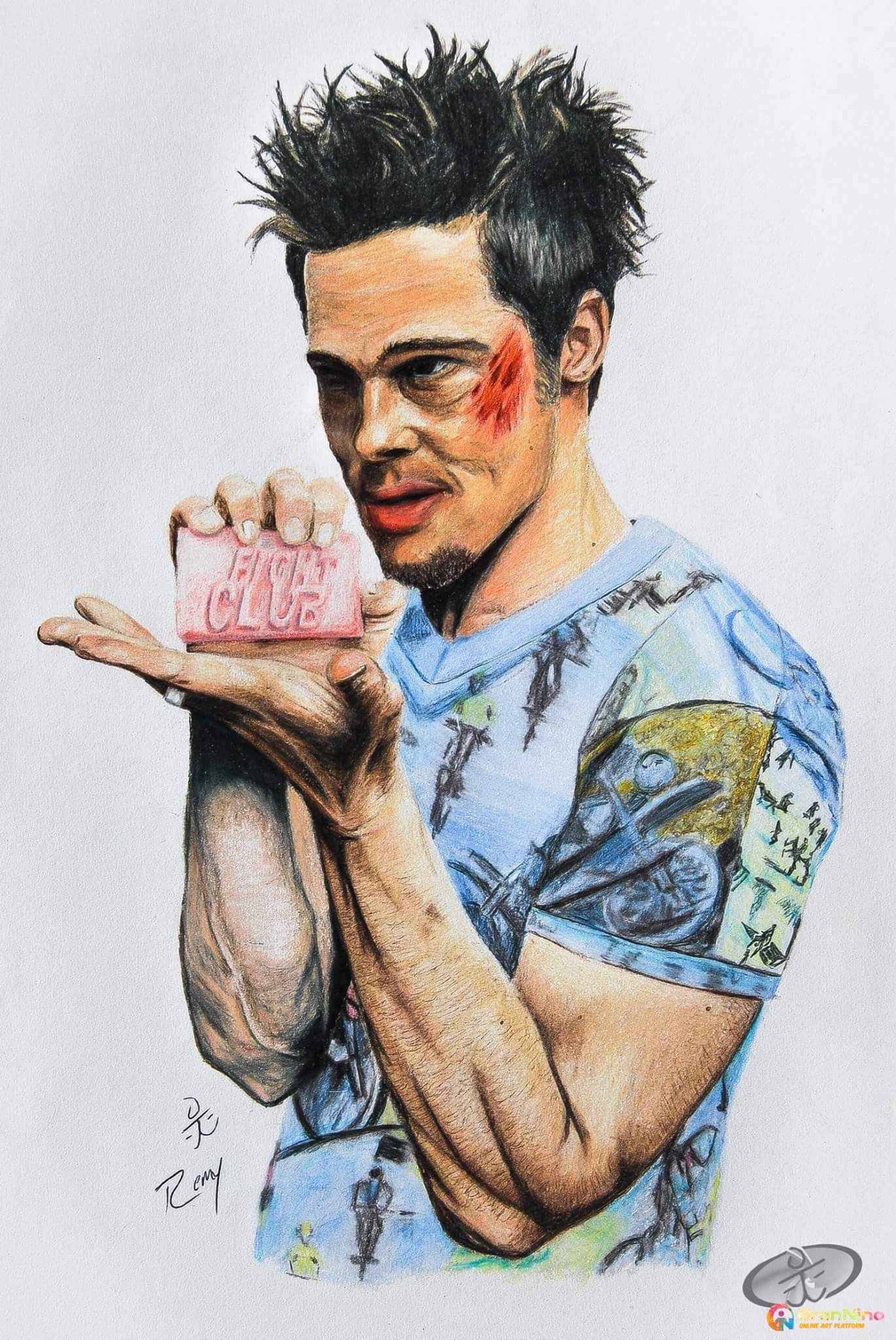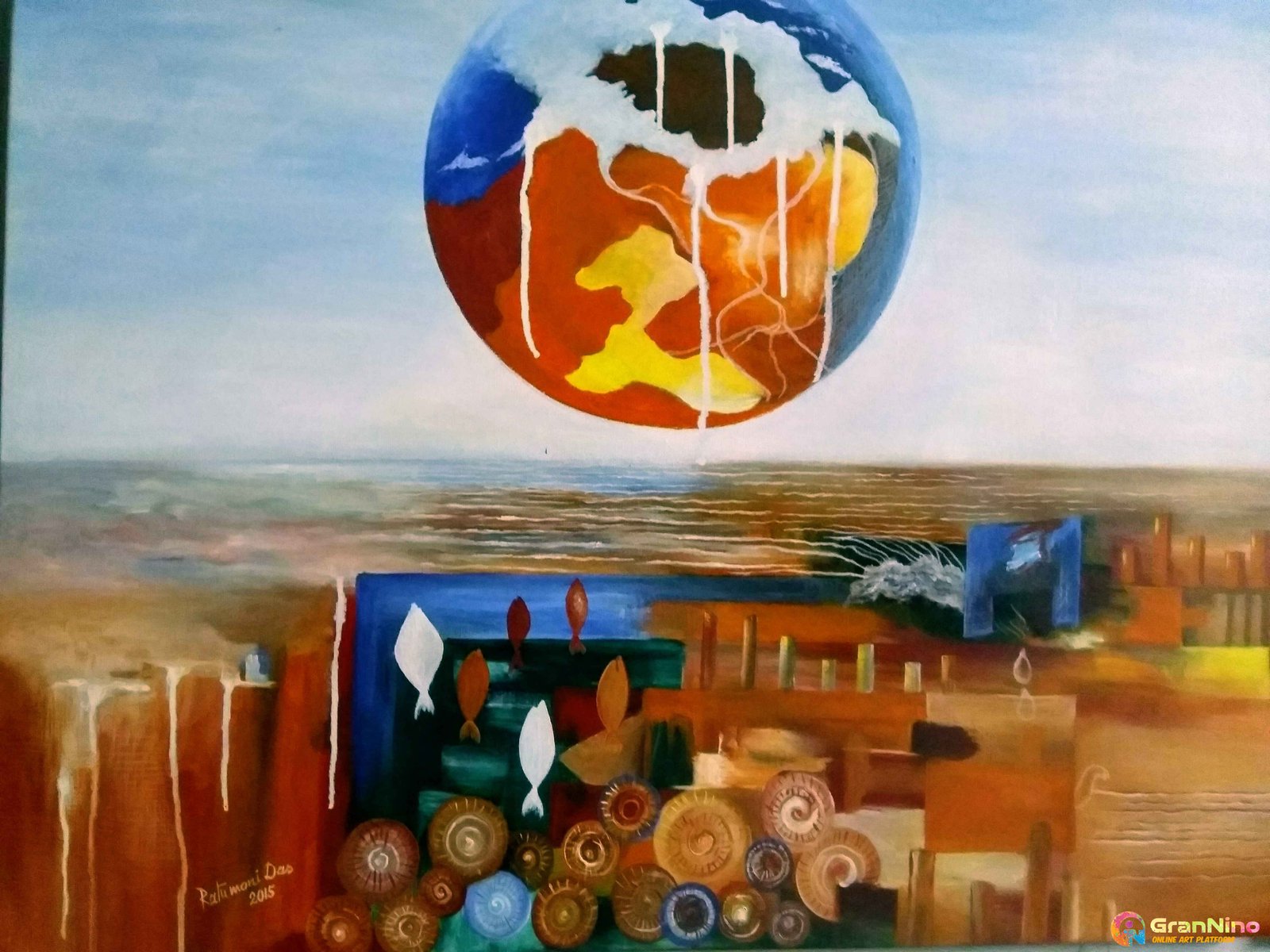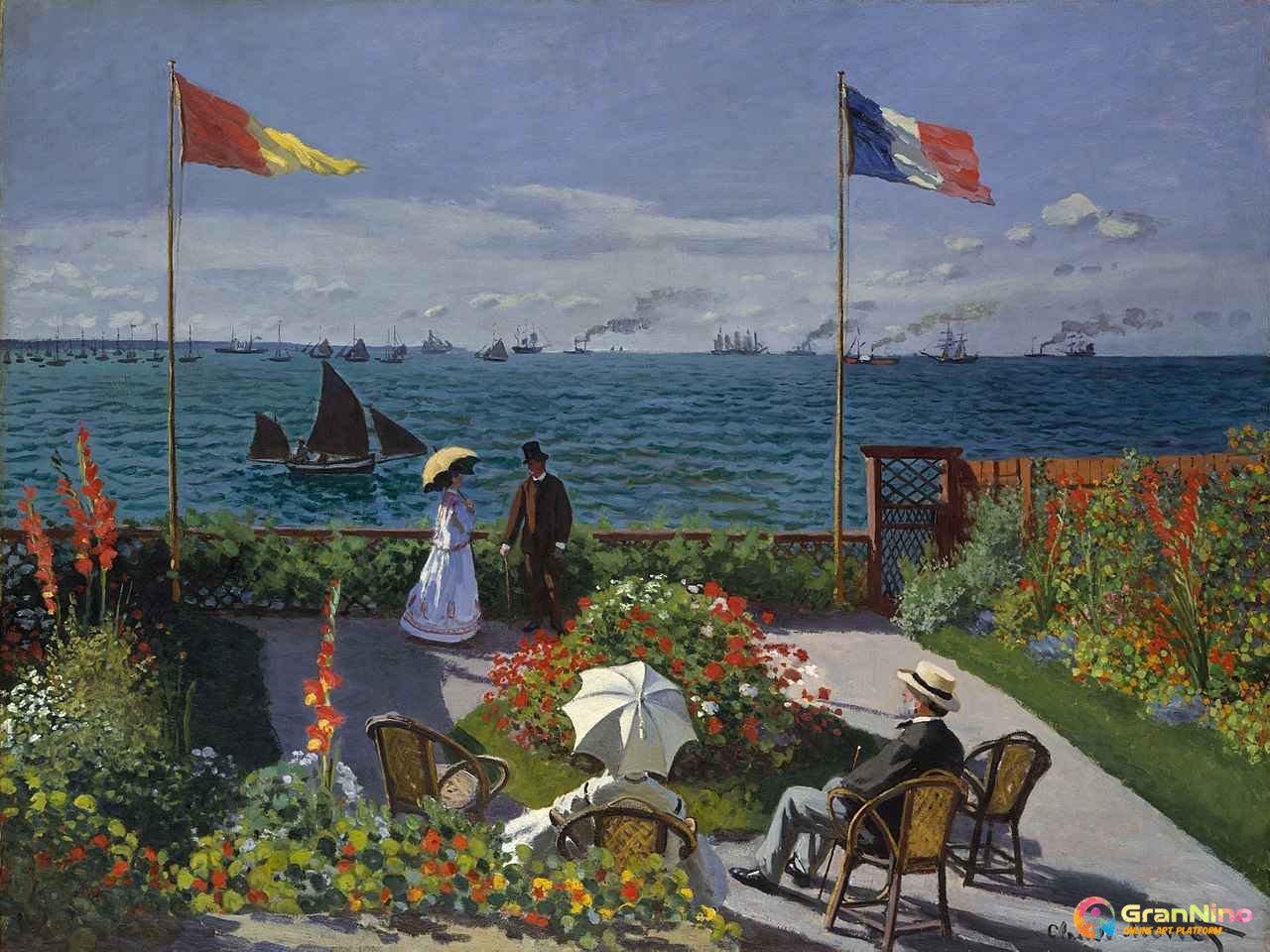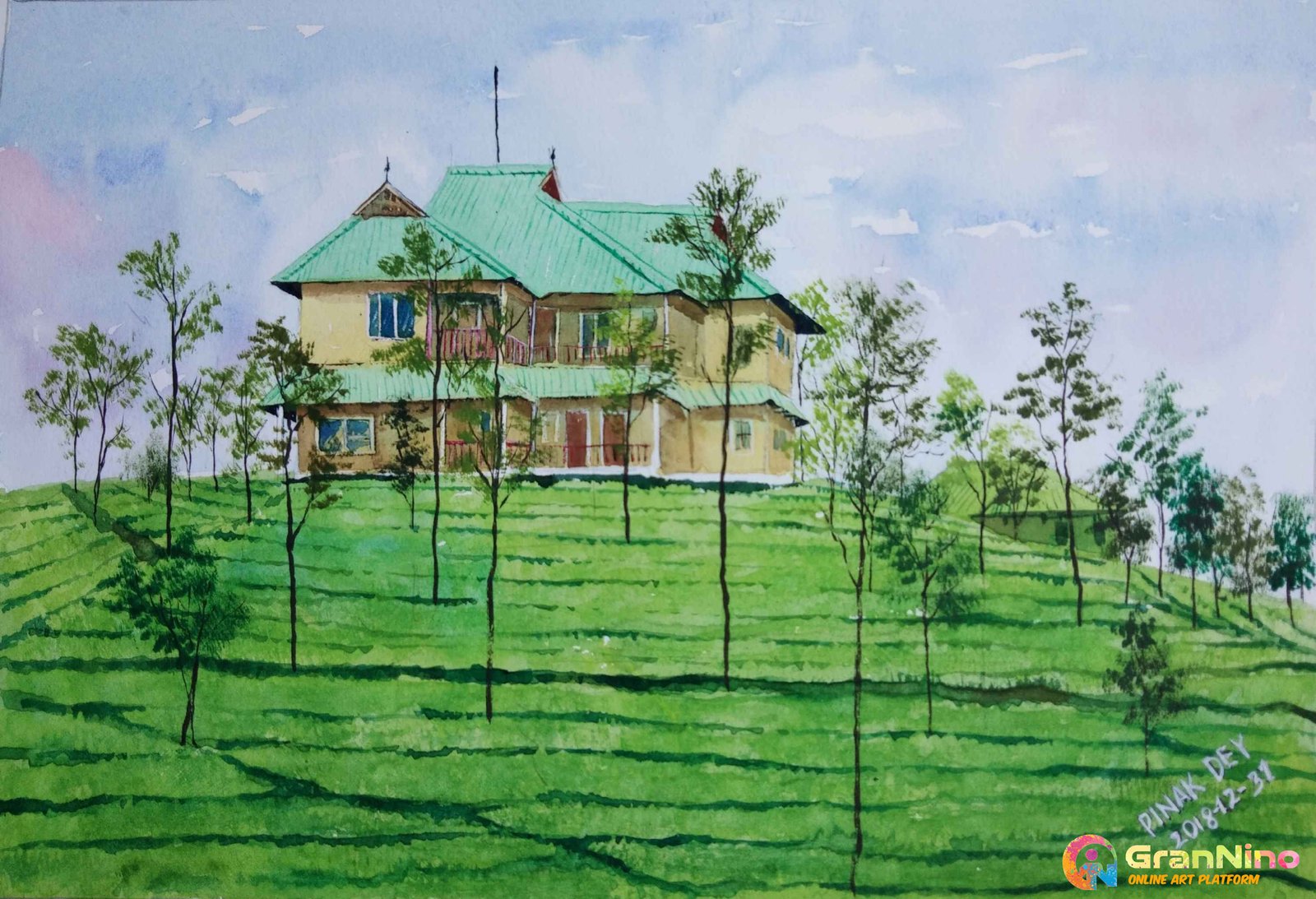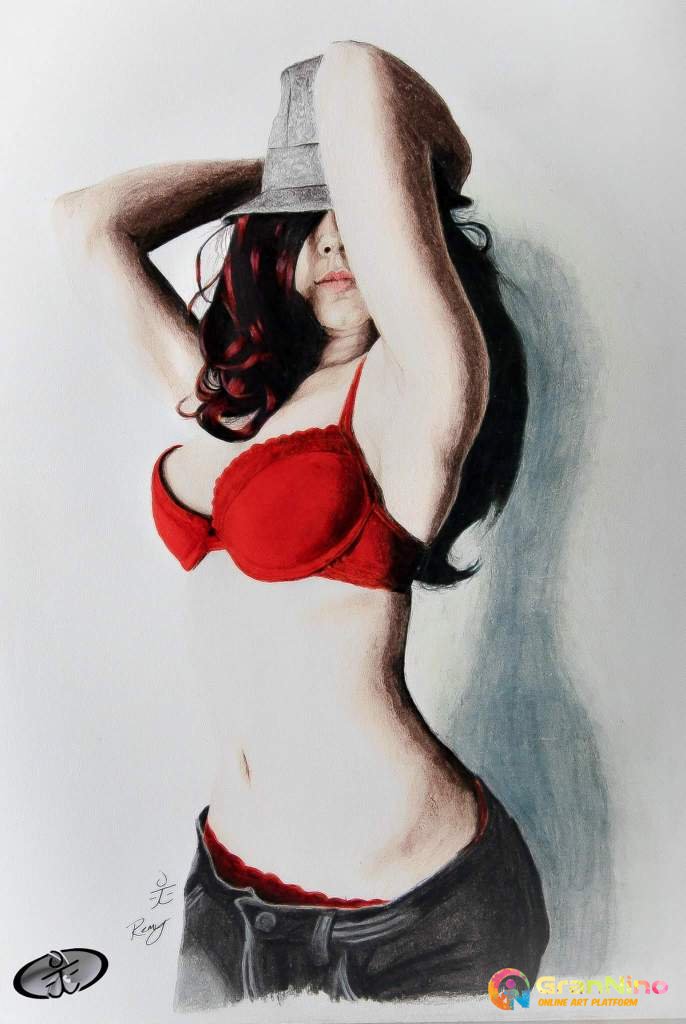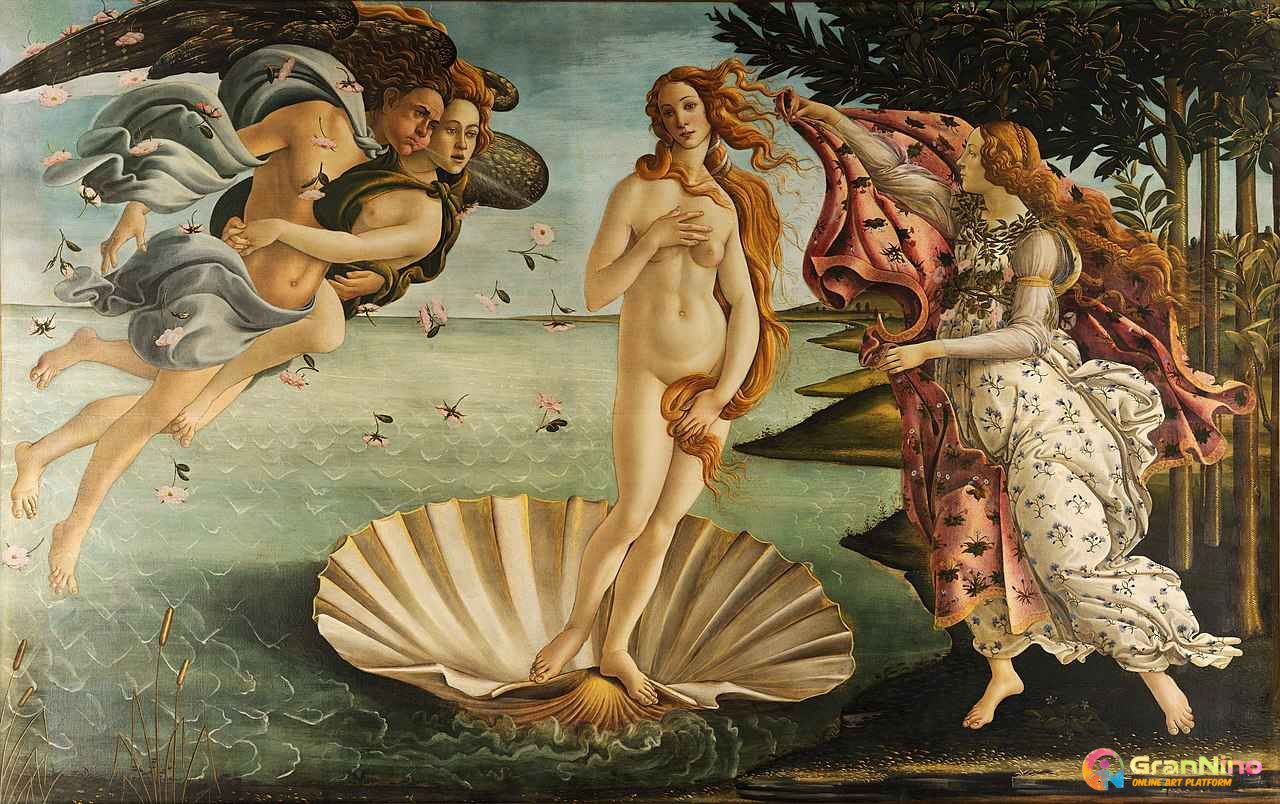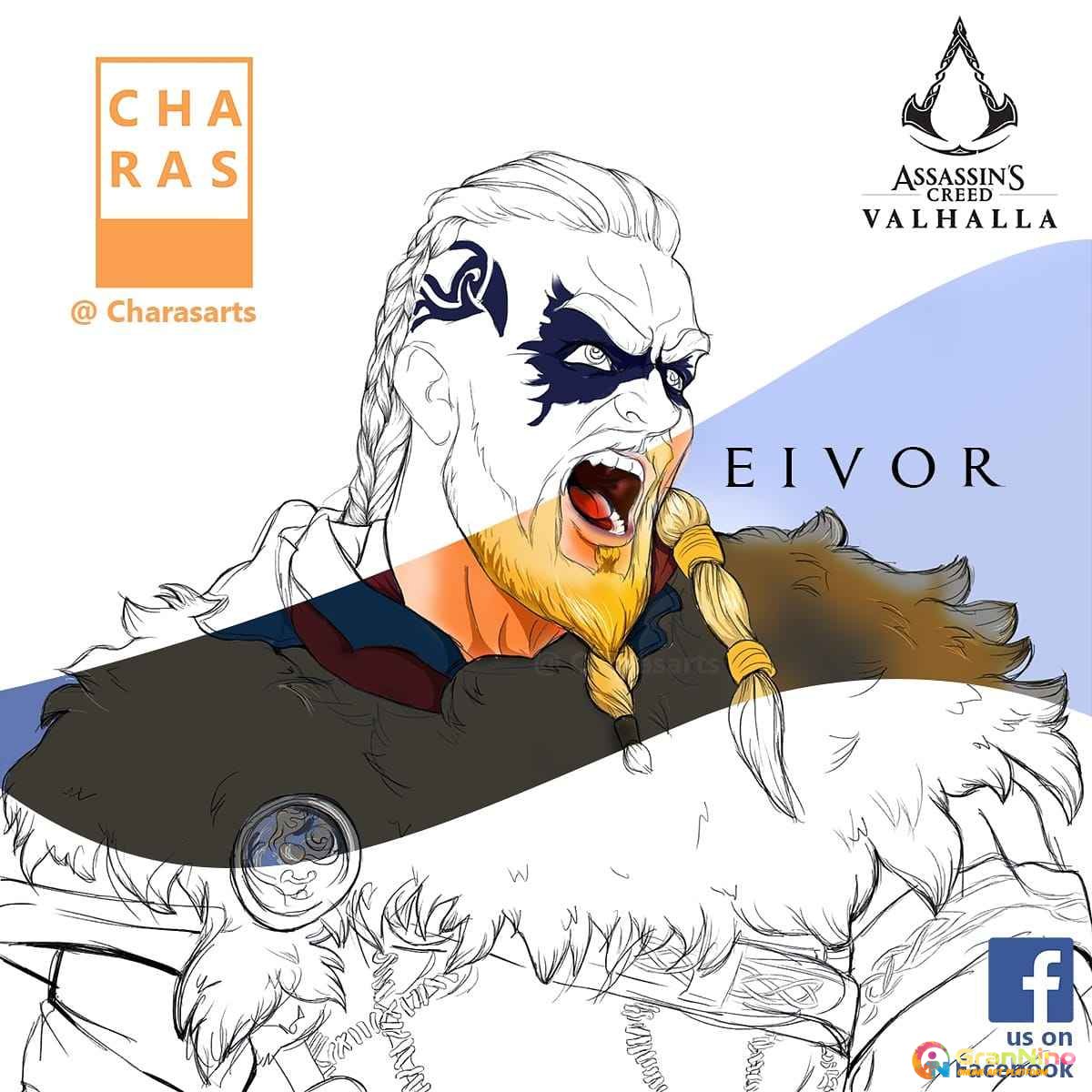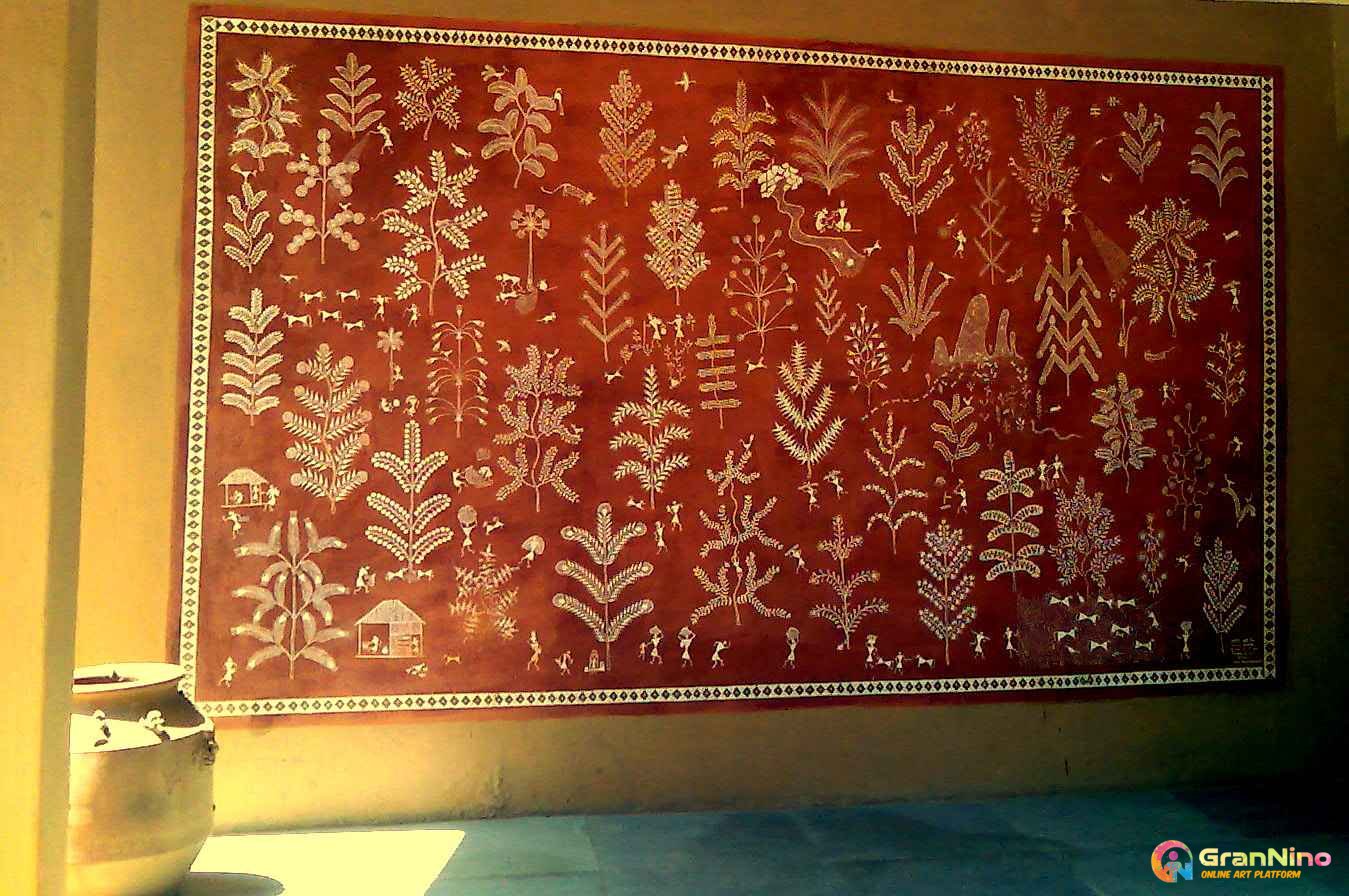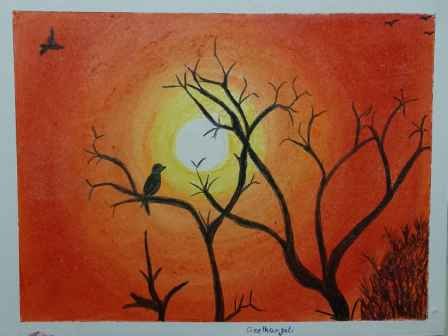Difference Between Pastel and Encaustic Painting
The word "pastel" originates from the Medieval Latin pastellum, which means "woad paste," and the Late Latin pastellus, which means "paste." The word pastel first appeared in French in 1662 and originated in northern Italy in the 16th century and were used by Jacopo Bassano and Federico Barocci. Pastels have been used by artists since the Renaissance, but it gained a huge popularity in the 18th century when a number of well-known artists like Edgar Degas, Mary Cassatt and Odilon Redon made pastels their primary medium.
On the other hand, Encaustic painting or hot wax painting, is a complex form of painting media, where the molten wax with added color pigments is used for making paintings. It is a type of oil based quick drying painting media which uses wax as pigment binder.
In ancient Greek and Roman painting, encaustic painting was a popular technique. The word "encaustic" comes from the Greek word "enkaustikos," which meaning "to heat or burn." The Roman scholar Pliny the Elder explained the wax encaustic painting technique in his first-century book Natural History. The Egyptian Romano-Egyptian Fayum mummy portraits, painted between 100 - 300 AD, are the oldest Encaustic panel paintings still in existence. Jasper Johns, Pausias and Benjamin Calau are the name of some famous artists that uses the art medium for their artworks.
On the contrary, To create the most basic encaustic media, the colors are combined with waxes like beeswax and damar resin, as well as other substances. While colored wax, inks, oil paints, and other pigments can be used for pigmentation, some artists prefer to employ dried powdered pigments.
But, Encaustic paint has a texture similar to translucent clay. When it's hot, it can be used like liquid paint, but as it cools, it solidifies and can be sliced, carved, stamped, or even sculpted to give the painting a three-dimensional appearance. Encaustic paint and its byproducts are totally waterproof because they are based on oil or wax. It can endure sunlight even though it was created by melting on heat. It also doesn't fade even when exposed to the sun all day, though it is advised to maintain the painting at room temperature.
In opposition, The viscosity of the encaustic paint is similar to translucent clay. As it cools, it solidifies, allowing you to cut, carve, stamp, or even sculpt it to give the painting a 3D aspect. When it's hot, it may be applied like liquid paint. The colors don't flow into one another despite the fact that encaustic wax shares many traits with oil paint. This is because it dries considerably more quickly.
Although, Similar to oil painting, encaustic painting can be done on prepared canvas, plaster, or wood. Actually, encaustic wax should be applied to a surface that is both solid and porous since this will allow the wax to penetrate and provide a beautiful, sturdy base for a painting.
Instead, Encaustic painting produces opaque or translucent effects by layering hot wax on laminated wood panels. Encaustic paintings have numerous benefits, but they also have certain drawbacks. For instance, a heat lamp or heat gun is required to fuse and bind the media in an encaustic painting. Encaustic paintings should also be routinely rubbed between 6 to 12 months using soft, lint-free cloths like pantyhose and stored strictly at room temperature. Direct sunlight should also be avoided.
Yet, Because they are made of wax as a binder and color pigments as a binding agent, the majority of encaustic paintings are completely safe to use. Encaustic paint is safe for vegans since the acrylic wax used to bind the pigments in it is vegan-friendly. For instance, because beeswax is an animal-extracted wax, it cannot be used in products that are vegan. Thus, the wax that was employed to keep the pigment together has a role.
Article Details
Publish Date: 12/12/2021
Related Tags:
pastel painting grahite color pastel painting ideas pastel art for beginner pastel art for kids encaustic painting grahite color encaustic painting ideas encaustic for beginner
Advertise Here Contact us

SUBSCRIBE TO OUR NEWSLETTER
Most Asked Questions:
- Q. How history is influenced by Pastel Painting ?
- Answer: Pastel Painting is a form of painting that involves the use of pastel sticks made from powdered pigment and binder. The word "pastel" originates fro....Read More
- Q. What is used to make Pastel Painting?
- Answer: Pigments are ground into a paste with water and a minimum of non greasy binder such as Tragacanth gum or Methyl Cellulose to make hard and soft pastel...Read More
- Q. How is the popularity of Pastel Painting among Artists ?
- Answer: Pastel painting may create a luscious, velvety texture with a deep, rich, splendid glow without the use of a lot of tools because it can be done with ...Learn More
- Q. Explain the difference between Pastel Painting and Oil Painting ?
- Answer: Oil painting is the most preferred painting style and practiced by most artists around the......, On the other hand, Pastel Painting is a form of painting th.... Know More
- Q. Where can I buy Pastel Painting (on Canvas) without commission?
- Answer: If you are looking for best Pastel Painting for commission free purchase, you can check here.
- Q. How to sell Pastel Painting online?
- Answer: If you are looking for best place to exhibit and selling Pastel Painting , you can try GranNino. GranNino provides free art exhibition and commission free art selling.
